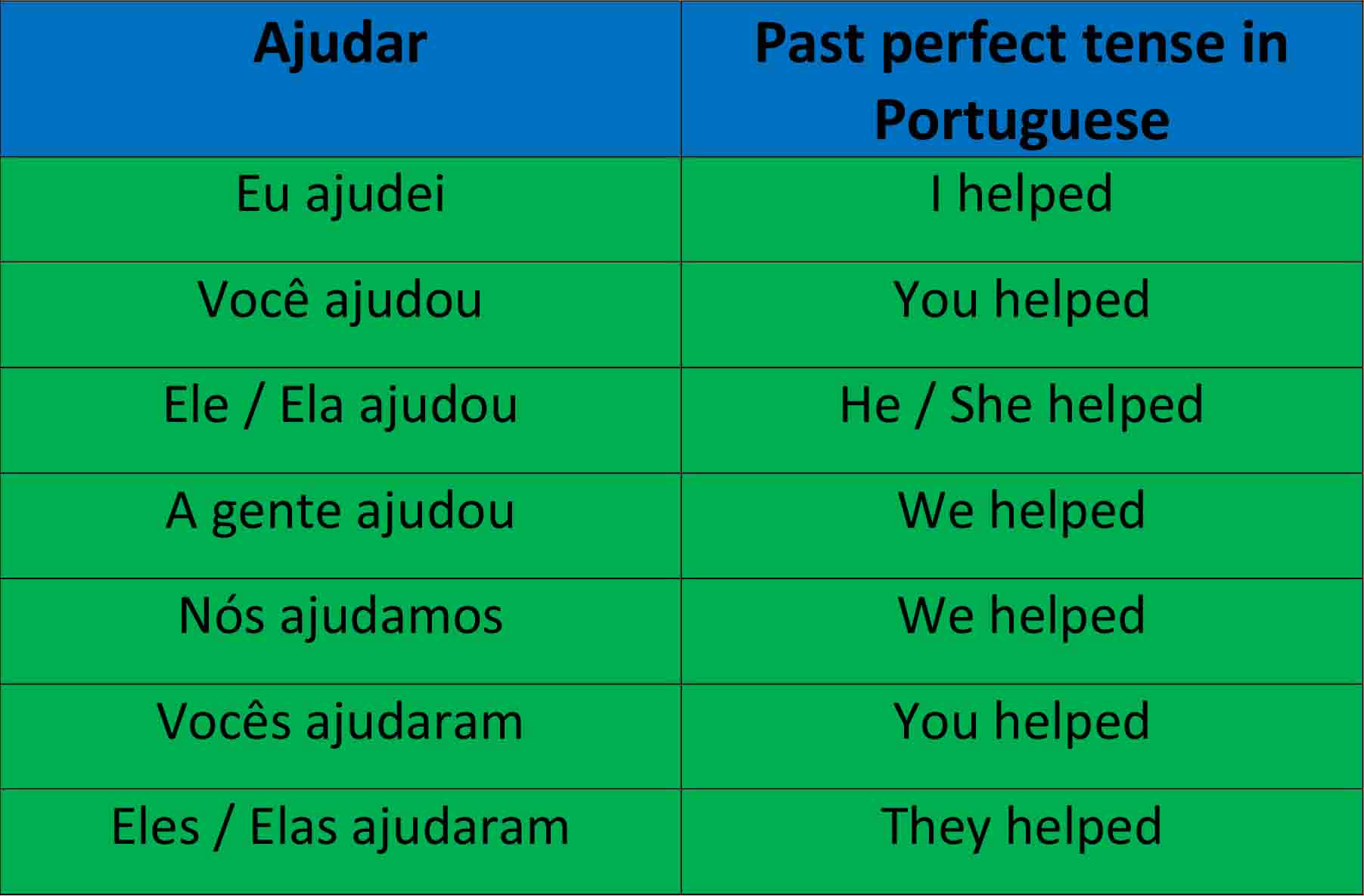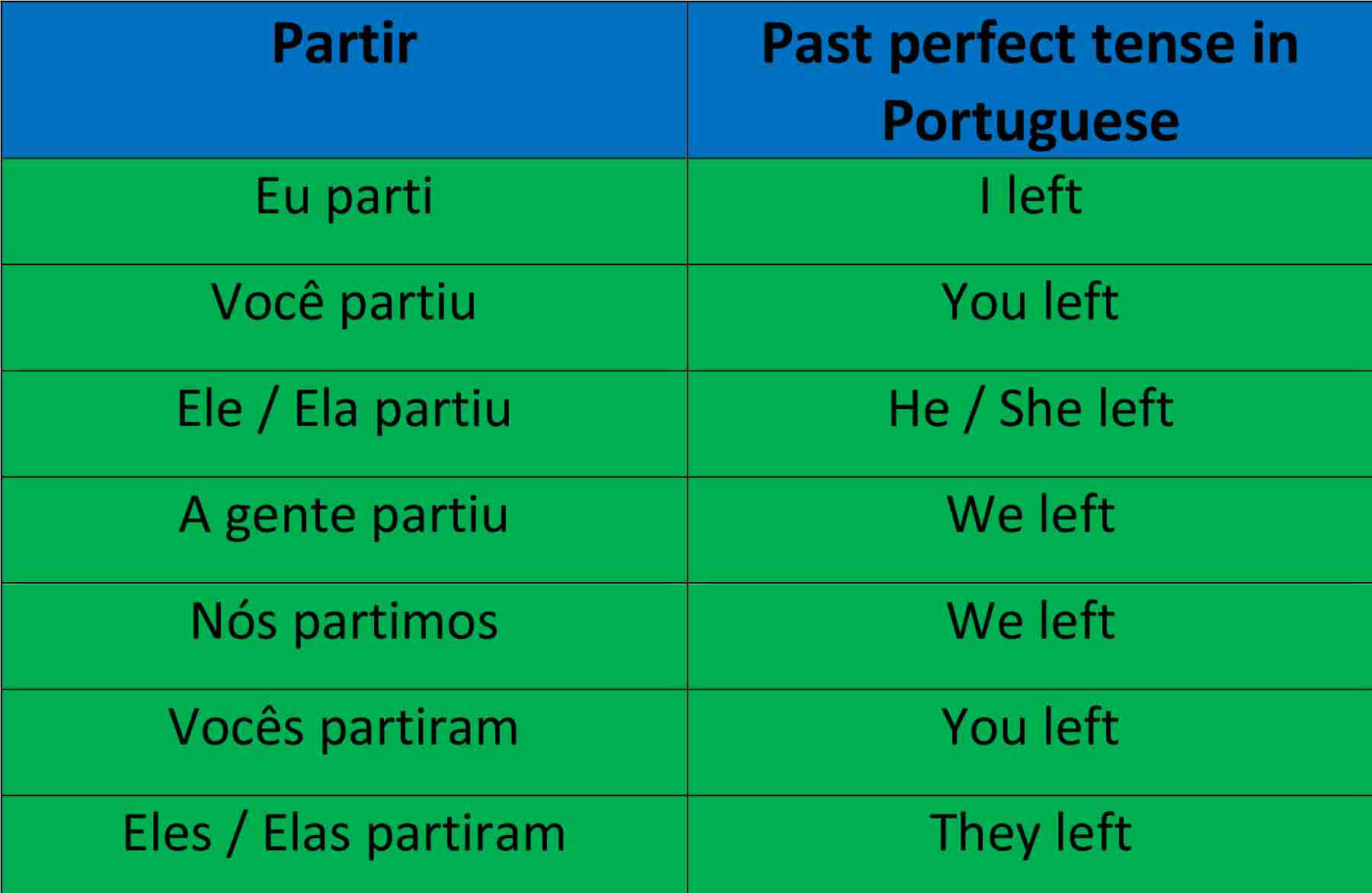Portuguese past perfect tense

Portuguese past perfect tense
Welcome to our Portuguese Basic Tips (in English) called Portuguese past perfect tense.
On today’s episode, we are going to speak about Portuguese past perfect tense. I’ll show how to conjugate verbs in Portuguese that end in “ar”, “er” and “ir”. Therefore, you will be able to combine most Portuguese verbs in the past perfect tense (play the podcast at the very end of this page).
As I always say, this podcast is not intended to replace a Portuguese course, but sometimes I can’t help talking about the same issues. Even if you have already practiced tenses in Portuguese, I suggest that you stay with us. Maybe you’ll understand something that wasn’t clear yet.
On the other hand, if you haven’t practiced this, try to look for a mobile app to complement your study. Being in touch with the language always helps to learn faster.
As I did in previous episodes, I’ll show you some examples about the past perfect tense, right? You can find tables containing the verbs I conjugated below.
In general, the past perfect tense indicates an action that occurred in the past and that has been completely solved, completely finished.
For instance:
– Eu ajudei a minha sogra.
– I helped my mother in law.
See, I’ve done this. This is not something that I have to keep doing. It’s over. Thank God!
Some scholars of Portuguese language often define it as “a picture in the past.” The meaning of this is that the picture shows only a single moment in the past. There is no commitment to the present.
Ajudar – Past perfect tense in Portuguese

“Ajudar verb” – Past perfect tense in Portuguese
Comer – Past perfect tense in Portuguese

“Comer verb” – Past perfec tense in Portuguese
Partir – Past perfect tense in Portuguese

“Partir verb” – Past perfect in Portuguese
Become a Premium Member to download the learning guides of our episodes
Click on the link if you have not heard our previous episode about when to use com a gente, conosco and com nós in Portuguese.
That’s enough for today. I hope you like.
Valeu e até a próxima.
Marcos Sales
Podcast (portuguesebasictips): Play in new window | Download







1 Response
[…] nosso último episódio sobre verbos no pretérito perfeito, eu disse que alguns estudiosos costumam definir o pretérito perfeito como uma fotografia no […]